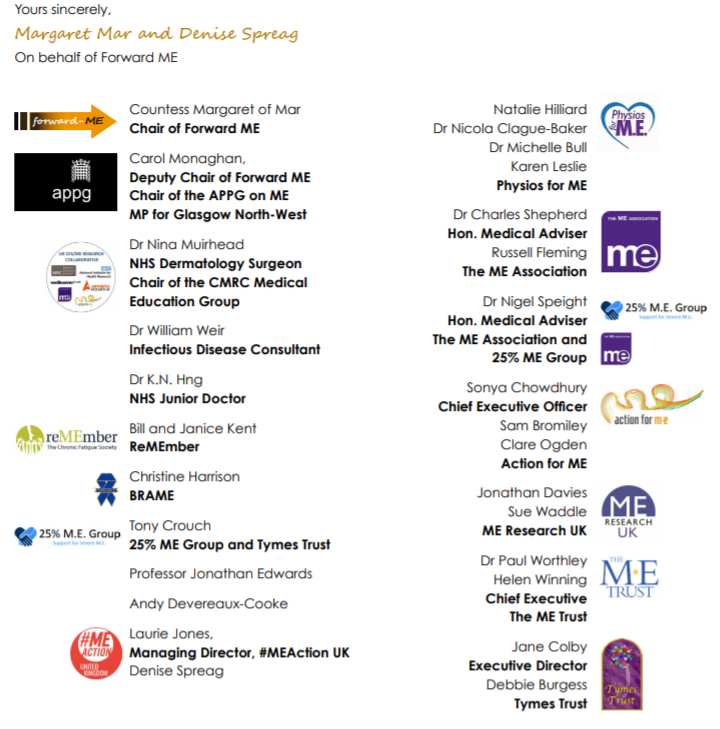Jonathan Edwards
Senior Member (Voting Rights)
I’m hesitant to ask this question it seems so basic. What if any changes in relevant connective tissues have been directly and objectively observed eg using biopsy, and documented in people with an hEDS or MCAS diagnosis?
People with an hEDS diagnosis have more mobile joints - at least some of them. One of the reasons for joint mobility may be having longer ligaments relative to the distance between bony insertion points. This is certainly not the only possible reason, since bone geometry may also contribute (for the elbow) as may muscle length (for the knee). I am not aware of any evidence for actual structural abnormality in people with an hEDS diagnosis beyond the anatomical dimensions that allow wider range. I know of no evidence to suggest that any process weakens ligaments in people diagnosed as hEDS following full growth. In general mobility gets less once growth stops.
Ligamentous lengthening cannot really occur within the ligament because ligaments are build with internal elasticity created by a difference in length between collagen fibres (which when not under stress are crimped) and elastic fibres (which are not crimped when not under stress but can lengthen under stress and allow the collagen to uncrimp. I do not think you can make a ligament more stretchy within its length without damaging it so much that it effectively ruptures.
Ligamentous lengthening can occur at the points of bone attachment. These are loosened up for some ligaments during pregnancy for instance. However for the great majority of ligaments this does not occur except in conditions like rheumatoid arthritis where the bony insertion is eroded away and the ligament breaks free. Nothing like that has been reported in people diagnosed with hEDS as far as I know.
I am not aware of any link between people diagnosed with 'MCAS' and any connective tissue problems at all. Mast cells take part in inflammation but they do not contribute to connective tissue breakdown. They produce the acute element of inflammation seen in a bee sting, which resolves without any tissue changes. As far as I can see the suggestion of a link between MCAS and connective tissue problems comes from physicians with no training in connective tissue pathology or immunology.

